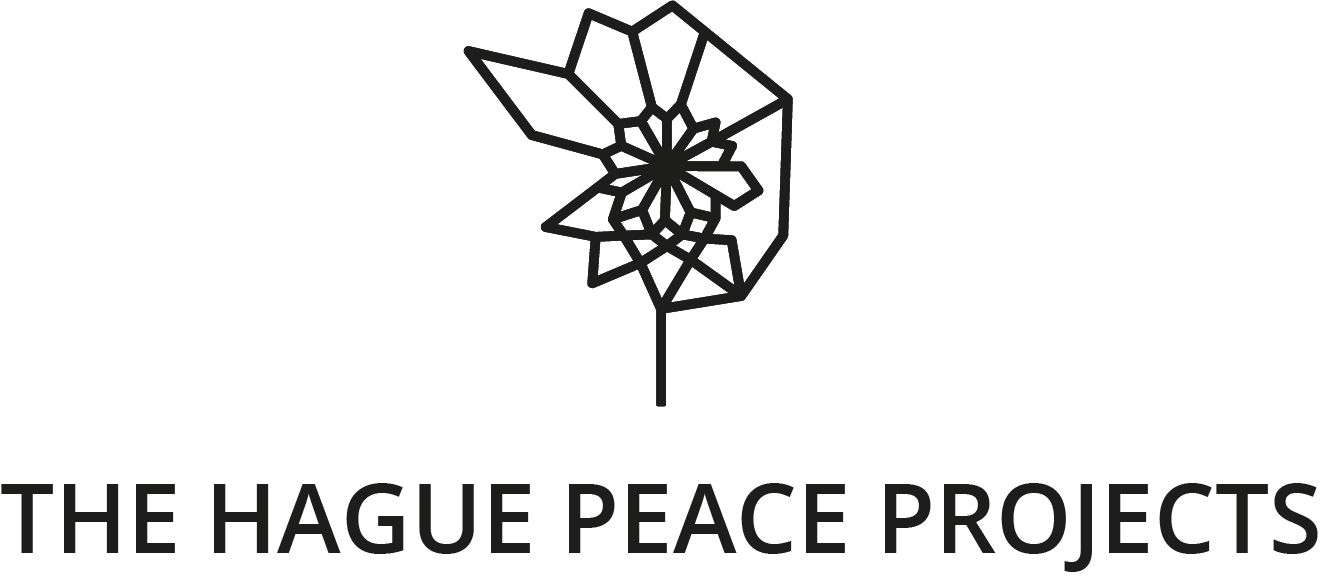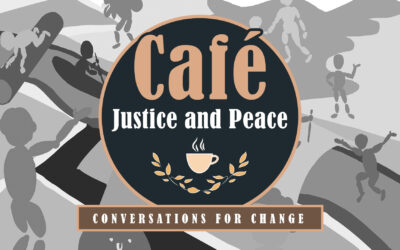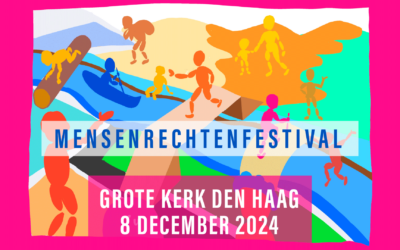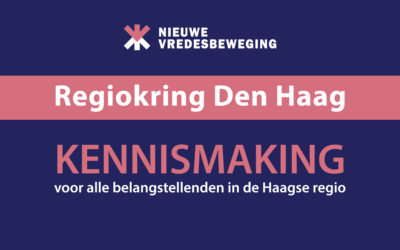LGBTQIA+ Inclusivity:
The Importance and How to Improve it
“How can we be more LGBTQIA+ inclusive?”. That was the question that the Hague Peace Projects asked me when I started my time as a volunteer here. How do you go about answering such a question, and why is it so important to ask in the first place?
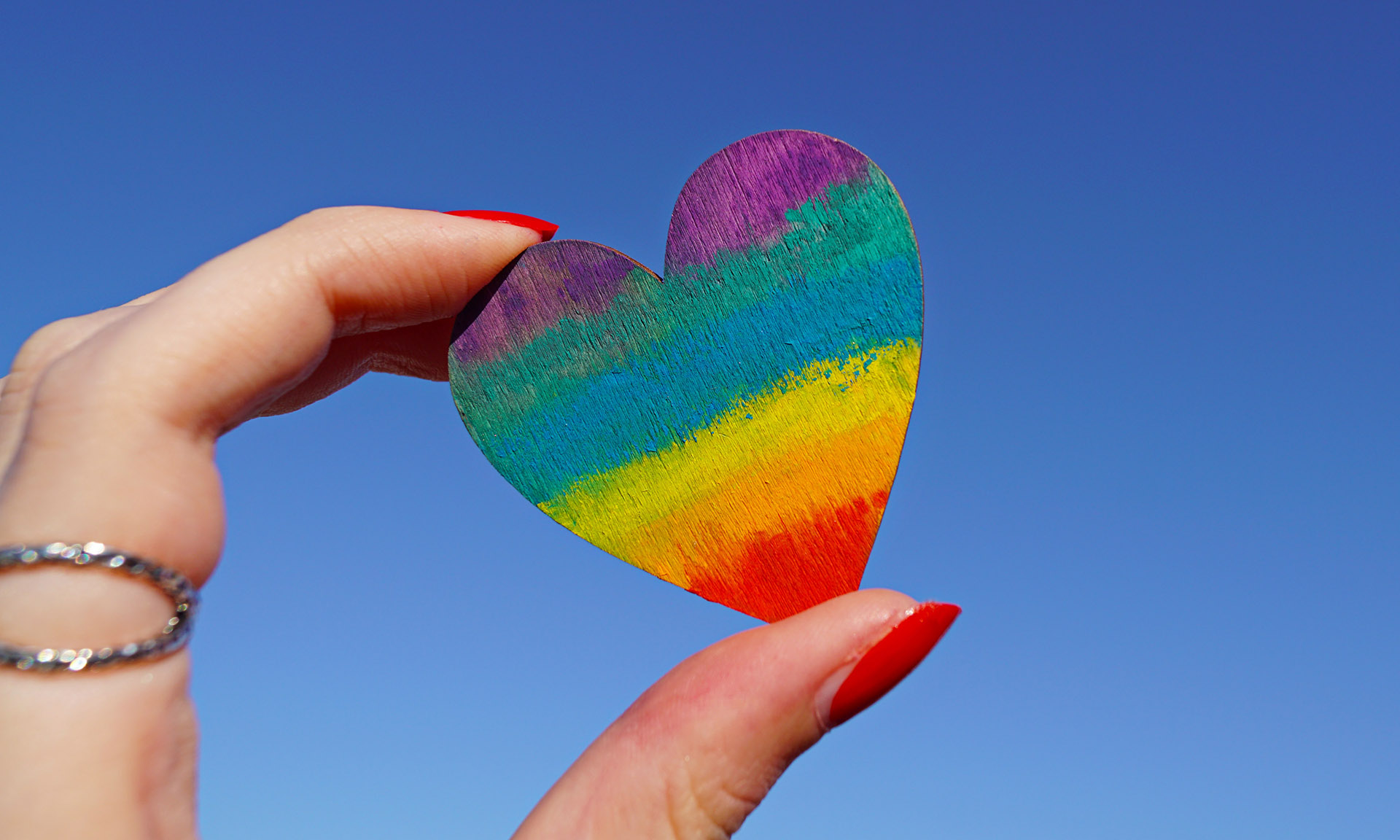
LGBTQIA+?
What is LGBTQIA+ anyway? LGBTQIA+ is an acronym that represents those people who are not heterosexual and/or cisgender. The first letters are probably the most well-known: LGBT standing for Lesbian, Gay, Bisexual and Transgender. But these do not fully represent the scope of people within the community, which is why the letters for Queer, Intersex and Asexual were later added, as well as the plus sign to signify others who do not fit any of these categories. These labels describe identities that have to do with sexuality, gender identity or even biology, which means the experiences lived by people within the LGBTQIA+ community can be vastly different. But what they have in common is that they all do not fit the norm of society.
Why is LGBTQIA+ Inclusivity so Important?
In the Netherlands about 1 in 15 people consider themselves a member of the LGBTQIA+ community (Movisie) which means every company or organisation will have LGBTQIA+ employees, whether they know it or not. These employees often face struggles which their cisgender heterosexual colleagues do not. 2016 census data from the United States of America showed that 42% of lesbian, gay or bisexual employees have faced discrimination on the work floor, and for transgender individuals that number goes up to 90% (PolicyLink). A European survey found similar results, showing that 20 to 40% of LGBTQIA+ employees feel discriminated at their place of work (Lloren, and Parini). Clearly this is a big issue impacting the lives of many people.
Preventing this kind of discrimination takes a conscious effort: anti-discriminatory policies have to be written up, employee mentalities might have to be changed through workshops, and organisations need to take an active and public stance against this discrimination. But all this effort can have a hugely positive effect. Firstly, research shows that firms that have LGBTQIA+ inclusivity policies in place have an 11% increase in staff retention, as well as an increase of 30% in productivity. Secondly, these companies also show an increase in innovation and future success. This can be explained by an increase in applicants to a firm since LGBTQIA+ individuals are more likely to work for an inclusive company, which leads to a more diverse and talented hiring pool (Hossain et al.). Lastly, and most importantly, LGBTQIA+ inclusivity policies are of huge benefit for both LGBTQIA+ and non-LGBTQIA+ employees.

Companies that have LGBTQIA+ inclusivity policies in place tend to have less workplace discrimination, and LGBTIQA+ employees in these companies report a better work environment (Lloren, and Parini). An accepting and inclusive workplace can also have a big positive effect on the mental health of LGBTQIA+ individuals. This can perhaps partially be ascribed to the ability to come out to co-workers. People who don’t have to hide their true identity often show a more stable mental health and less signs of anxiety or depression, as well as an increase in workplace satisfaction (McFadden). For non-LGBTQIA+ individuals working in a diverse and inclusive company can potentially help them understand LGBTIQA+ individuals better and help them question preconceived notions about LGBTQIA+ people. This hopefully increases LGBTQIA+ acceptance as a whole.
LGBTQIA+ Inclusivity at The Hague Peace Projects
To assess the situation at the Hague Peace Projects (HPP) I asked employees and volunteers to fill out an anonymous questionnaire about LGBTQIA+ inclusivity. This questionnaire included questions like “Do you feel like your gender identity and sexual orientation is respected by co-workers?”, “Do you feel comfortable talking about topics like gender and sexuality with co-workers?” and “Do you think the HPP is a welcoming and accepting place for LGBTQIA+ individuals?”. Out of 27 responses, 40% said that they considered themselves part of the LGBTQIA+ community, a much bigger portion than expected. This goes to show that you may never know how many people in a company might be LGBTQIA+. Overall, the response was very positive, with all LGBTQIA+ individuals feeling like their identity is respected, and most people feeling like the HPP is a welcoming place for members of the community.
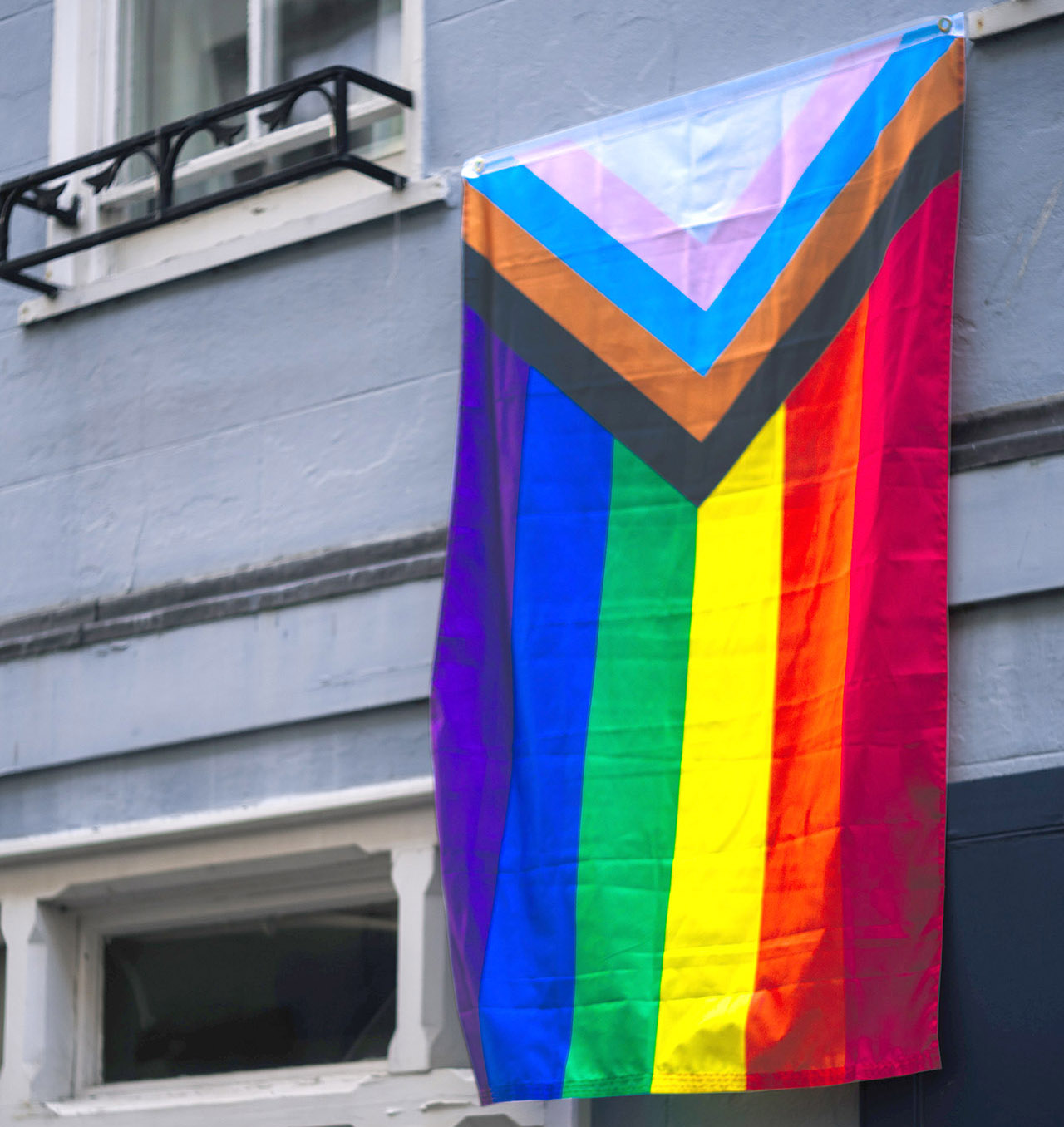
Surprisingly the organisation was deemed less welcoming for LGBTQIA+ individuals by people who aren’t actually part of the community themselves. It is speculated that the organisations lack of an active stance on improving LGBTQIA+ inclusivity in the past could be the cause of this. While LGBTQIA+ individuals do not feel discriminated, those who are not part of the community don’t really know whether the organisation has acted on this issue. But while this is very promising there is always room for improvement. I asked for suggestions of improvements, and many were given. These were discussed with the organisation and the organisation is currently working on plans to implement some of these suggestions.
How to Improve LGBTQIA+ Inclusivity
Improving LGBTQIA+ inclusivity can look different for each organisation. It really depends on the needs of the LGBTQIA+ employees, as well as what kind of organisation it is. However, here is a short (and not nearly exhaustive) list of tips to make your organisation/workplace more LGBTQIA+ inclusive:
- Make a clear statement condemning homo- and transphobia. Let employees know that discrimination on basis of sexuality or gender will not be tolerated.
- Have at least one gender neutral bathroom.
- Let employees know who to talk to when faced with discrimination based on sexuality or gender identity.
- Have a conversation with employees and management on the importance of correct pronoun use.
- Make it workplace policy to include one’s own pronouns when introducing yourself or writing emails to strangers.
- Talk to your LGBTQIA+ employees and ask them what they need.
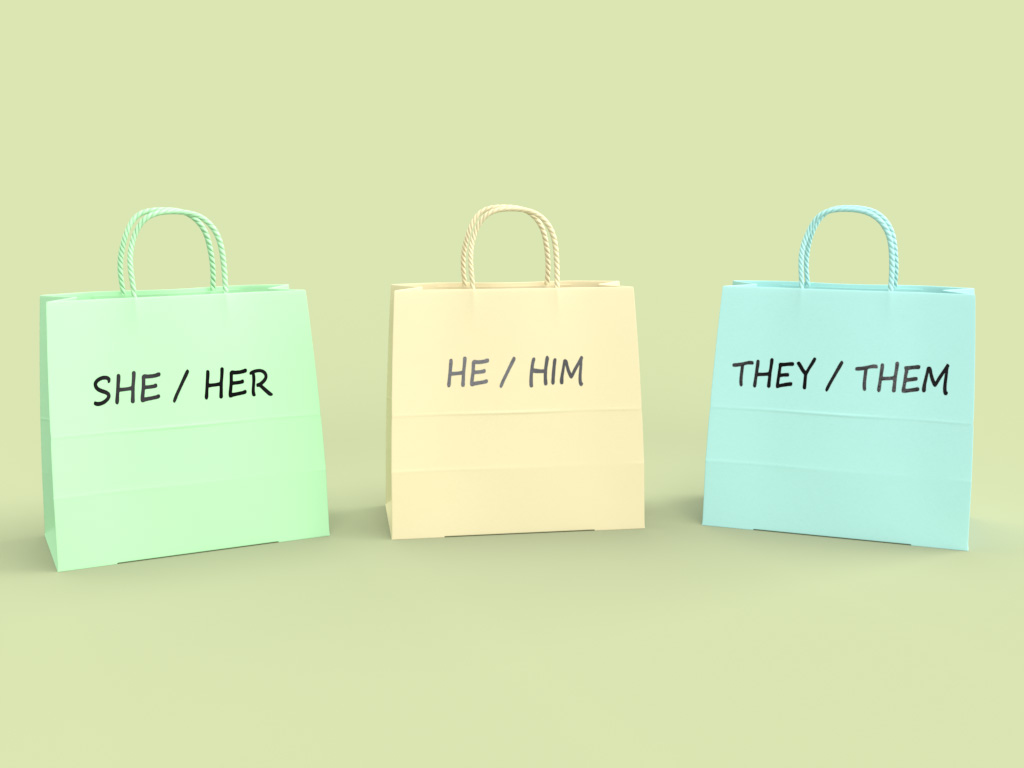
Conclusion
In conclusion, LGBTQIA+ inclusivity is a very important topic that should be on the agenda of every organisation. The implementation of inclusivity policies can be of benefit of both the employer and the employees. Here at the HPP a lot of hard work is currently being done to make the organisation a more inclusive space for LGBTQIA+ individuals, and I am very happy I get to be a part of that.
Download LGBTQIA+ Poster
We have produced a simple poster that summarizes the main terms and definitions of LGBTQIA+. Feel free to download this for your own use.
LGBTQIA+ Poster
Written by Rik Worring – (he/him)
Works Cited
Hossain, Mohammed et al. “Do LGBT Workplace Diversity Policies Create Value For Firms?”. Journal Of Business Ethics, vol 167, no. 4, 2019, pp. 775-791. Springer Science And Business Media LLC, https://doi.org/10.1007/s10551-019-04158-z.
Lloren, Anouk, and Lorena Parini. “How LGBT-Supportive Workplace Policies Shape The Experience Of Lesbian, Gay Men, And Bisexual Employees”. Sexuality Research And Social Policy, vol 14, no. 3, 2016, pp. 289-299. Springer Science And Business Media LLC, https://doi.org/10.1007/s13178-016-0253-x.
McFadden, Ciarán. “Lesbian, Gay, Bisexual, And Transgender Careers And Human Resource Development”. Human Resource Development Review, vol 14, no. 2, 2015, pp. 125-162. SAGE Publications, https://doi.org/10.1177/1534484314549456.
Movisie. Handreiking-LHBTI-Feiten-Cijfers-2021. Movisie, Kennis En Aanpak Van Sociale Vraagstukken, 2021, https://www.movisie.nl/sites/movisie.nl/files/2021-03/Handreiking-LHBTI-Feiten-Cijfers-2021.pdf, Accessed 9 Apr 2022.
PolicyLink. LGBTQ Inclusion: Good For Families, Communities, And The Economy. Policylink, 2016, https://www.policylink.org/sites/default/files/LGBTQ-Inclusion-FINAL-05-06-16.pdf, Accessed 9 Apr 2022.
Bronco, Marta. Person With Multicoloured Heart Decoration. https://www.pexels.com/nl-nl/foto/persoon-met-veelkleurige-hart-decor-1173576/. Accessed 25 Apr 2022.
McCutcheon, Sharon. Person With Bodypaint. https://www.pexels.com/nl-nl/foto/persoon-met-bodypainting-1209843/. Accessed 25 Apr 2022.
Smith, Jack. Building With Pride Flag. 2020, https://unsplash.com/photos/iAPubMGMJuY. Accessed 25 Apr 2022.
